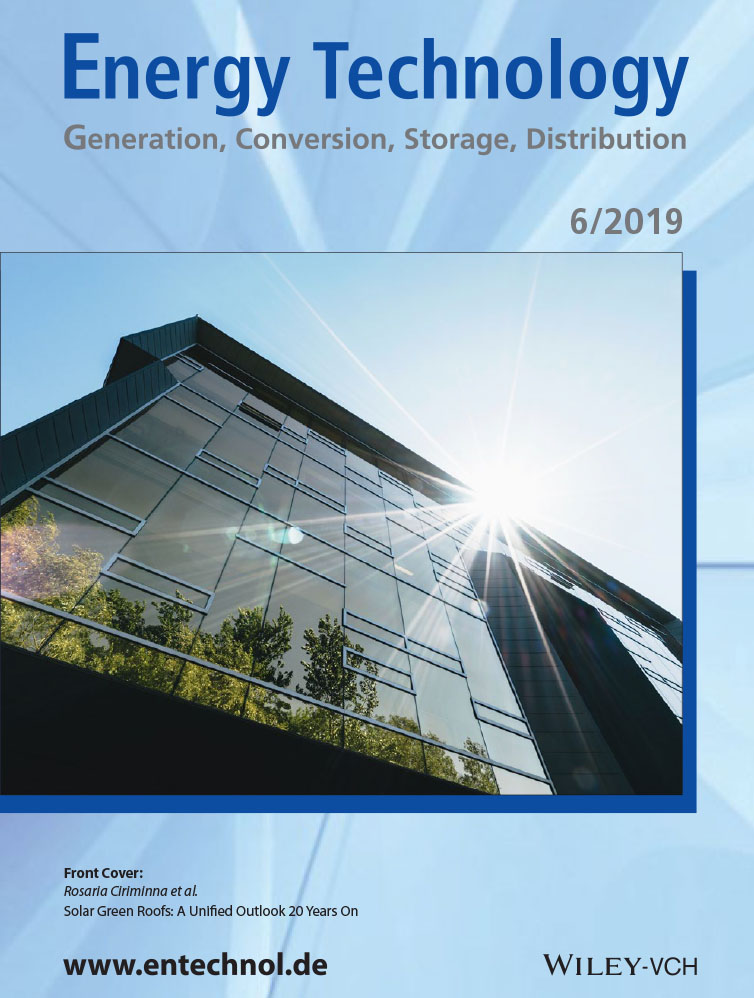Pressure-Induced Vapor Synthesis of Carbon-Encapsulated SiOx/C Composite Spheres with Optimized Composition for Long-Life, High-Rate, and High-Areal-Capacity Lithium-Ion Battery Anodes
Abstract
SiOx exhibits a high specific capacity as anode materials for lithium-ion batteries. However, it is still a challenge to achieve long life, high rate performance, and high areal capacity for the SiOx materials. Herein, carbon-encapsulated SiOx/C composite spheres are prepared by a high pressure caused by heating SiOx/C spheres in pure dimethylformamide in a sealed vessel. The SiOx/C spheres with different compositions are synthesized by pyrolysis of different liquid siloxanes and hexamethyldisilane in a sealed vessel and subsequent heat treatment. The electrochemical performances are strongly dependent on the composition of the SiOx/C spheres. The specific capacity and initial coulombic efficiency (ICE) greatly increase, and cyclability slightly decreases with a decrease in the x value from 1.28 to 0.59. However, the capacity, ICE, and cyclability greatly decrease with a further decrease in the x value because of the formation of SiC. The carbon-encapsulated SiO0.59/C spheres exhibit a high reversible capacity (1561.3 mAh g−1), an outstanding cyclability (0.0332% capacity loss per cycle during 500 cycles at 1 A g−1), a good rate performance (245.3 mAh g−1 at 10 A g−1), and a high areal capacity (4.08 mAh cm−2). Formation of the spherical morphology and carbon-encapsulating layers is a result of the high vapor pressure generated at a high temperature.
Conflict of Interest
The authors declare no conflict of interest.




